I think I can speak for all of us when I say that I try to put off cleaning my makeup brushes for as long as possible. We all know how important it is to properly wash our brushes, but what does "properly" even mean?
To try and answer that question, I did a little research to find out exactly how to clean makeup brushes. What's the best way to do it, and what tools do you need for the job?
So in case any of you are asking the same questions, I put together a quick guide that lays out everything from the best makeup brush cleaner to a step-by-step process for how to clean a Beauty Blender.
And finally, I did a little digging to figure out the answer to this question: how often should you clean your makeup brushes? Dive in and let us know in the comments how you clean your brushes!
What to know before you start cleaning
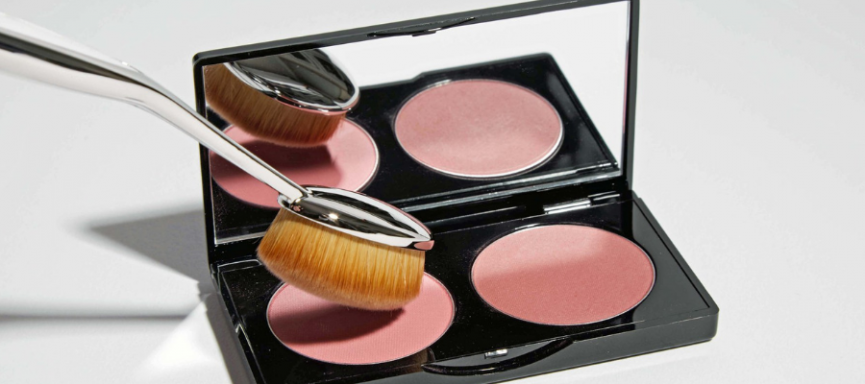
First things first: the most important thing to know is that you NEED to clean your makeup brushes. Unless you use disposable applicators every single time (which, frankly, is bad for the environment and can get expensive), old makeup, sweat, dirt and bacteria collect on your brushes and sponges every time you use them – and if you never clean your beauty tools, you just end up spreading those germs and impurities all over your face again and again. When you think about it, you probably work hard to keep your face clean – but using dirty makeup brushes wont do you any favours.
And before you can start washing, you need to know what you're working with. There are hundreds – if not thousands – of different makeup brushes on the market today. Each one serves a different purpose, and varying designs can require specific care and cleaning techniques. So if you buy a brush or a sponge that comes with cleaning instructions, read them!
One reason I tend to procrastinate when it comes to cleaning my brushes is that it takes a long time. Unless you have a drying tool (like the StylePro Brush Cleaner and Dryer that spins your brushes to dry them in seconds), it can take hours or even days for wet brushes to fully dry. If you want to clean your brushes for a specific event, it's probably not a good idea to wait until the night before.
The best way to clean your makeup brushes
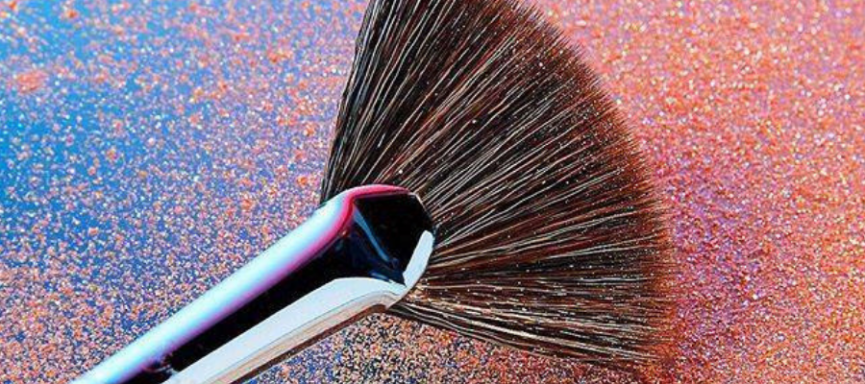
Truth be told, there's no one "right" way to wash your makeup brushes. There are definitely methods that work better than others, but as long as you actually remove buildup and properly clean the bristles, you're probably doing just fine. Many beauty experts agree the best way to clean makeup brushes is with water and either a gentle soap or specialty brush cleaner. If you're wondering how to disinfect makeup brushes, it can be as simple as making sure you use an antibacterial soap.
Since every brush is different, it can help to check for washing instructions (either included with your purchase or materials available online) to know how to treat your specific brushes. In general, though, you can usually follow these steps for washing makeup brushes at home:
- Wet the bristles with lukewarm water
- Place a drop of soap or cleanser in your palm (or swipe the brush across a cleaning solid)
- Gently massage the bristles with your palm and fingers
- Rinse the bristles until the water runs clear
- Use a clean towel to blot or squeeze out any excess moisture
- Reshape the bristles and leave the brush to dry
I like to wash my brushes one at a time, so I can focus on making sure each one is as clean as possible. When cleaning your brushes, be careful to not use hot water (which can loosen the glue that holds the brush together and cause bristles to fall out). In most cases, you can clean synthetic makeup brushes (also known as vegan makeup brushes) and real (hair) ones the same way.
If you want to make absolutely sure you scrub all the gunk out of your brushes, you can always invest in a textured brush cleansing pad. These are little pads or mats (usually made from silicone) that you run your brushes across. They work like washboards to wring out excess water and buildup.
When it's time to dry your brushes, lay them with the bristles hanging over the edge of a counter or use a brush drying stand like the one included in this Brush Cleaning Essentials Set. Avoid leaving the bristles directly on a towel, since this can lead to issues with mildew, and make sure you point the bristles down if you're hanging the brushes to dry (since having them stand up can cause water to drip into the handles, which can also cause problems with mildew).
How to clean a Beauty Blender
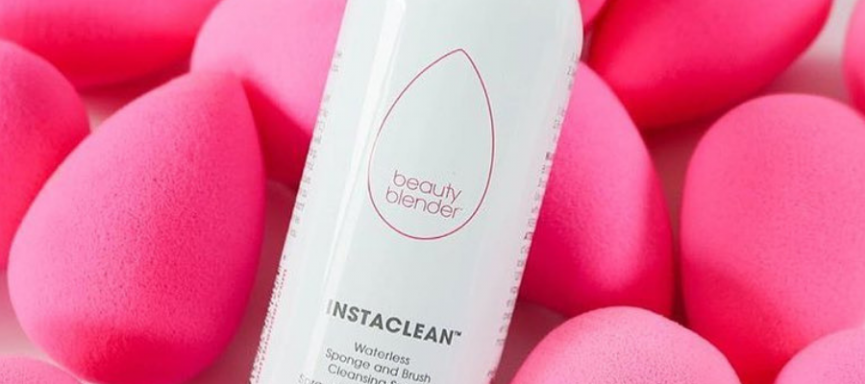
Whether you buy the original beautyblender or a dupe, it's important to know how to properly care for your makeup sponges. The official beautyblender website offers step-by-step instructions for how to wash their products – and no, you shouldn't put it in the microwave or douse it in vinegar. Their advice is pretty universal and also works for most makeup brushes.
First, wet the beautyblender or brush. Swirl a small about of cleanser onto the blender or the brush (or allow them to soak in a bowl) and work the soap into a lather. Squeeze the sponge or bristles delicately. Next, rinse your tools with clean water and set them aside to dry in a well-ventilated area.
One thing I love about the original beautyblender is that it's a little sturdier than most makeup sponges on the market, especially the ones you find at the drugstore. However, you should still be careful when washing them. I've had drugstore-brand makeup sponges fall apart in my hands after one wash, just because I squeezed or rubbed them a little too hard.
But maybe the best part about makeup sponges (and why I almost always use them over foundation brushes) is that you wet them before use. Essentially, that means you can wash them whenever you want (and more often than makeup brushes), because it's okay if they're still a little damp.
If you're looking for a specific place to dry your makeup sponges, though, I'd definitely recommend picking up a Blender Defender Protective Case. It's made by beautyblender and specifically designed to hold and protect two regular-size blenders. They're available at Sephora for $16 each, and I absolutely love mine. The silicone case is shatterproof, and you can just pop it in your purse or makeup bag. And since there are holes throughout the case, it will help your sponges dry properly.
The best makeup brush cleaner in Canada
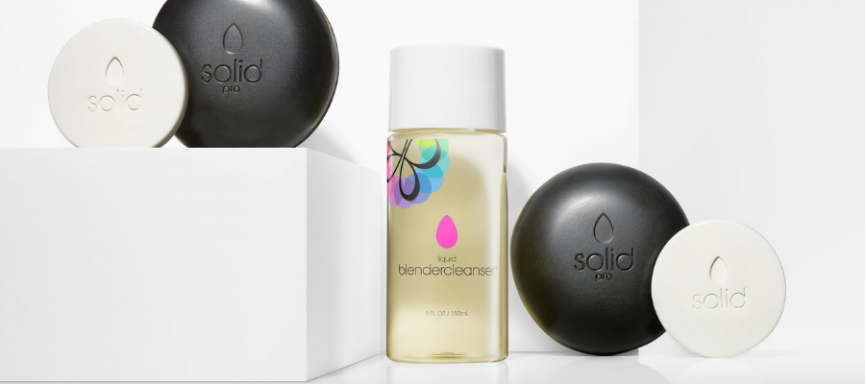
Now that you know how to properly clean you makeup brushes, you need to have the right tools for the job. Truthfully, it's hard to name the absolute best makeup brush cleaner. Everyone uses different brushes and sponges, and we all have our own preferences when it comes to how we like to wash our brushes. So instead of naming one overall winner, I'm going to talk about the different kinds of makeup brush cleaners and the top products in each category.
First and foremost, there are liquid makeup brush cleaners. These are by far the most popular and most common cleaning products on the market, and there are TONS of brands to choose from. For example, I used the Quo Makeup Brush Cleaner for years before turning to more higher-end brands. But when it comes down to it, there are two liquid brush cleaners that stand out from the rest.
You've probably heard of the Liquid Blender Cleanser from beautyblender. Besides their iconic pink sponges, it's one of the most popular products they sell. This is a liquid cleanser completely free of dyes and skin irritants, so it's safe to use even if you have sensitive skin. It removes excess residue and germs from your beauty tools, and the soy-based formula also breaks down quickly.
But if you're looking for something a little more heavy-duty, there's definitely a product out there for you. The Cinema Secrets Makeup Brush Cleaner is a professional-grade liquid makeup brush cleaner. It's quick-drying and can be used on both natural and synthetic fibres. And, as an added bonus, it even smells like vanilla! This cleaner has very specific instructions, so follow them carefully.
Personally, my favourite makeup brush cleaner isn't a liquid soap at all – it's the original beautyblender Blender Cleanser Solid. It looks just like a bar of soap (stored in a little, round container), and it works wonders to clean the most stubborn stains from your makeup sponges. Since it's a solid, you can take it through airport security with no problems, and you'll never need to worry about it spilling inside your bags. Plus, the bar comes with a grid to deep-clean brushes.
One product I've never tried is Brush Cleansing Foam. There are a few different brands on the market, including one from Artis that is usually available through the Sephora Canada website. It dispenses from the can like shaving cream, and you apply the foam directly to your brush or to a towel or cleansing pad. Then you just wipe back and forth until all makeup residue is removed. For a deeper clean, you can always use the foam in conjunction with warm water.
Easy recipes for DIY makeup brush cleaner
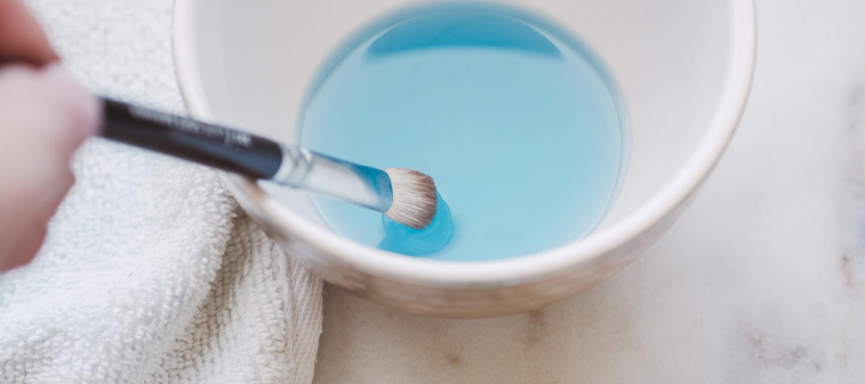
I never really thought too much about it, but there are plenty of ways to clean your brushes and sponges – even if you don't have makeup brush cleaner on hand. If you're in that situation, or if you want to use something a little more natural, there's always the do-it-yourself route. A few different recipes for DIY makeup brush cleaner are available online. I haven't tried any of these myself (I'm too hooked on my Blender Cleanser Solid), so I'm trusting popular recipes with the top reviews.
One recipe calls for pretty common products you probably have laying around: olive oil and antibacterial dish soap. To start, mix two parts soap with one part olive oil. Set the mixture aside and then run your brushes under lukewarm water. Dip the brushes in the cleaning mixture and work it through the bristles. Rinse the brushes until the water runs clean and then lay them to dry.
Alternately, you can always use household products like baby shampoo, unscented soap or dishwashing liquid to clean your makeup brushes. Each one will work a little differently, and some options may require a little extra scrubbing – but they should all work in a pinch. There you have it: ways how to clean makeup brushes without brush cleaner. If you give it a try or have a DIY recipe of your own to share, please let us know in the comments!
How often should you clean makeup brushes?
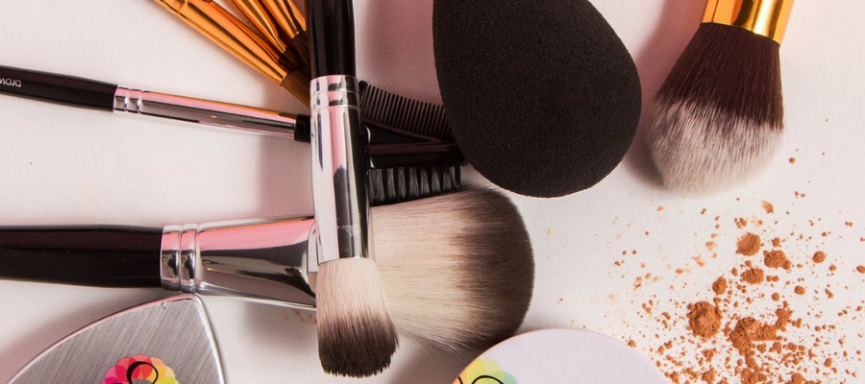
If you're anything like me, chances are you don't wash your makeup brushes as often as you should. It's time-consuming, messy, and it sometimes puts your brushes out of commission for days. But when you stop to think about it, cleaning your brushes really is an essential step to keeping your skin healthy. You probably try to wash your face at least once or twice a day – so why would you ruin all that hard work by running dirty brushes all over your skin?
Like almost any other surface, the bristles of your makeup brushes are susceptible to bacteria. They're soft and (depending on the products you use), sometimes damp or wet – which is the perfect breeding ground for all kinds of nasty things. In addition to harbouring things that can make you sick, unclean brushes can also clog your pores, aggravate acne and actually accelerate wrinkles. Plus, cleaning brushes will save you money in the long run, since cared-for brushes last longer.
So here's the big question: How often should you clean your makeup brushes? Many skincare experts agree that you should aim for a complete wash once a week. If that's not possible, or that sounds like a LOT of work, it's worth trying to fully clean your brushes at least once a month. If you're especially prone to breakouts, it can even be helpful to clean your brushes after every single use.
Another thing you might not think about is your makeup itself. While you can't really "wash" most palettes, wands and pencils, it's crucial that you use makeup that is as clean as possible. If you check the label (or box) for a given product, you should see a little open jar with a number inside. This indicates the item's expiry date, as in how long it should last once you've opened the container. If a product is past its expiry date, it can lose pigmentation, start to smell funny and may not be safe.
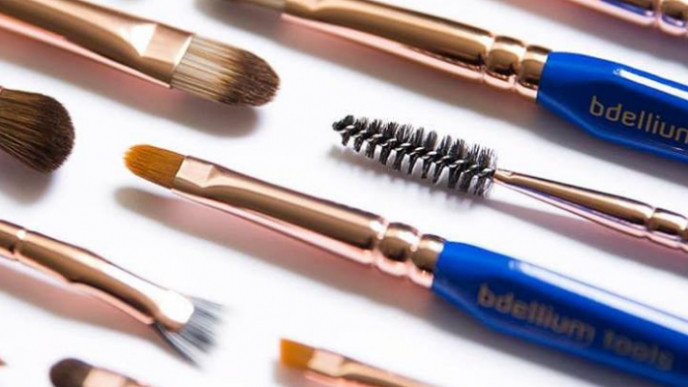



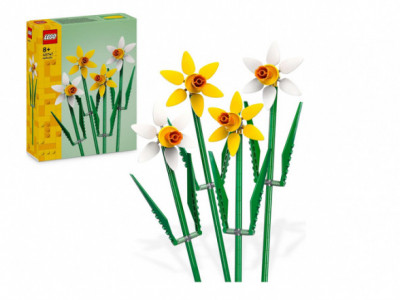
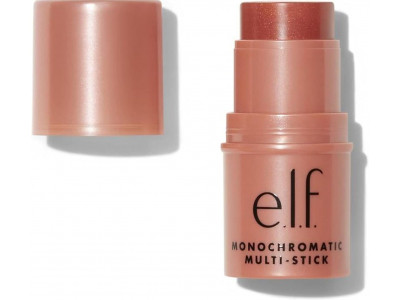
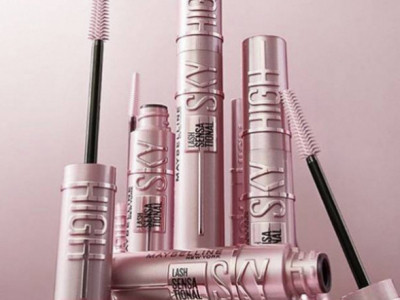


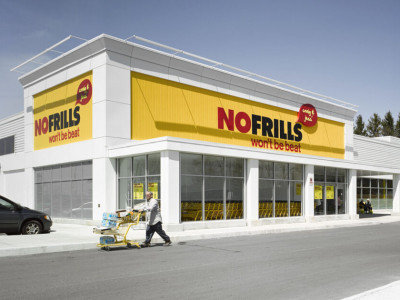

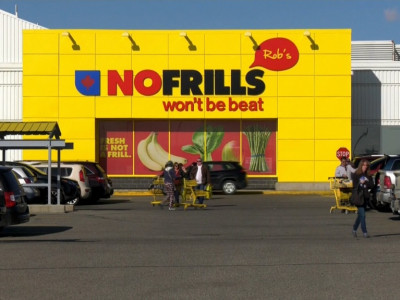


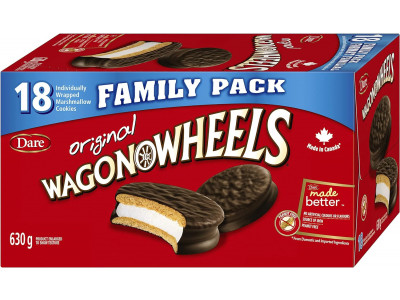


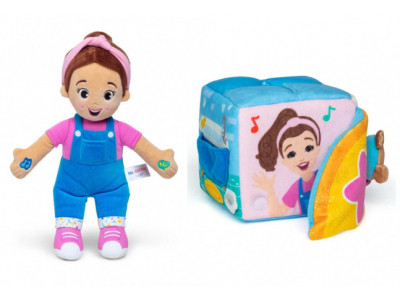

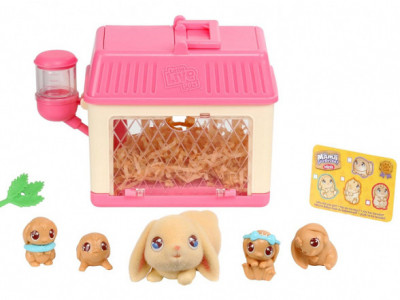


Comments